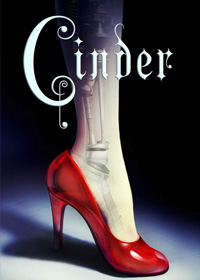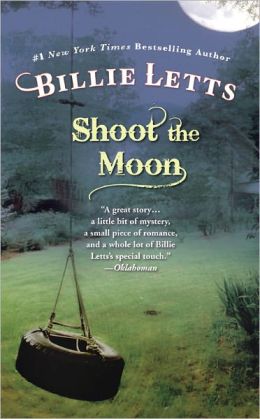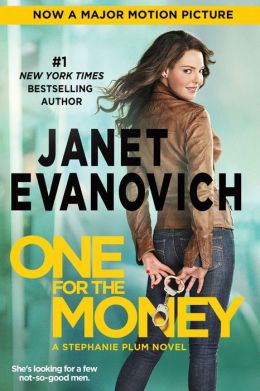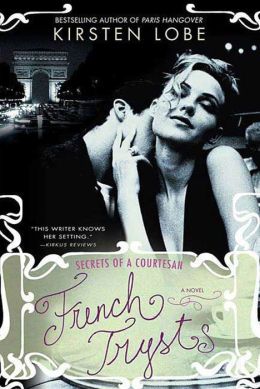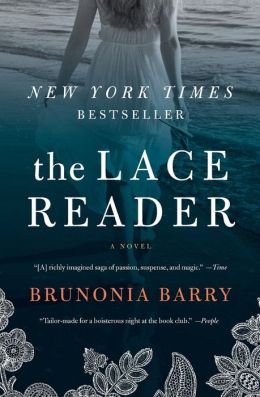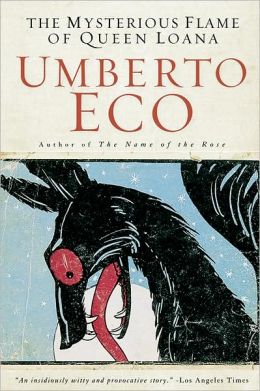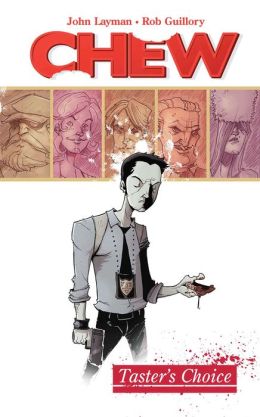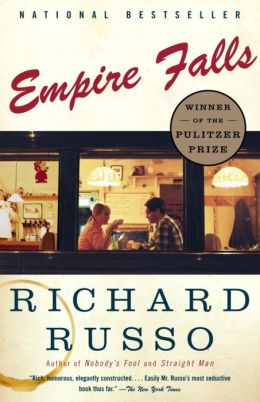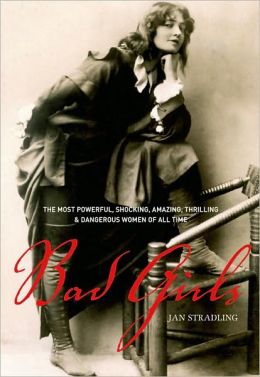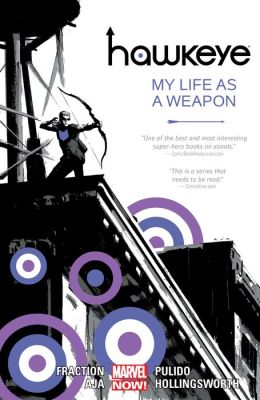 |
| Image courtesy of www.helenewecker.com |
Helene Wecker
2013
Cover Synopsis
"Chava is a golem, a creature made of clay, brought to life by a strange man who dabbles in dark Kabbalistic magic. Ahmad is a jinni, a being of fire, borne in the ancient Syrian Desert. Trapped in an old copper flask by a Bedouin wizard centuries ago, he is released accidentally by a tinsmith in a Lower Manhattan shop.
"Struggling to make their way in 1899 New York, the Golem and the Jinni try to fit in with their immigrant neighbors while masking their true selves. Meeting by chance, they become unlikely friends whose tenuous attachment challenges their opposing natures, until the night a terrifying incident drives them back into their separate worlds. But a powerful menace will soon bring the Golem and the Jinni together again, threatening their existence and forcing them to make a fateful choice.
"Marvelous and compulsively readable, The Golem and the Jinni weaves strands of folk mythology, historical fiction, and magical fable into a wondrously inventive and unforgettable tale."
Thoughts
The language of Helene Wecker's novel was the first thing to catch my eye. It has a storyteller's tone, if that makes sense: it reads easily, smoothly, and it seems to pour from the page. It's very easy to become engulfed the intertwining stories of the golem and the jinni as they struggle to adjust, acclimate and otherwise fit in.
I should point out, that Wecker is very clever in crafting her story. The ways in which she skillfully weaves together the jinni's history and the golem's origin and the present is fascinating. I mean, it's amazing how perfectly they overlap and how spectacularly well they seem to just grow into each other.
And I love Chava and Ahmad.
Oh, I adore Avram Meyer - and there's something about the villainous Yehudah Schaalman that's thrilling; however, I love Chava and Ahmad best. I love that Chava is made of clay, that she can visualize other's desire and act upon them, that she is wildly powerful and yet incredibly kind. I love that Ahmad is made of fire and wind, that he can craft beautiful works of art in molten metal, that he is wild and arrogant and struggling with a life he didn't foresee.
They're wonderful characters, and it's a lovely book to read. While it may sometimes be difficult to pinpoint which direction the story will go, that's really half the fun. I like the element of suspense seeded into the novel, the way it keeps you guessing for a few more pages.
Overall Impression
I enjoyed every morsel of The Golem and the Jinni. It was, in fact, "compulsively readable." It had a wonderful pace, an intriguing set of characters, a fantastic blend of history and folklore and myth, and it had a magnificent story to wrap it all together.
To tell the truth, it would be very easy for me to read it again.


